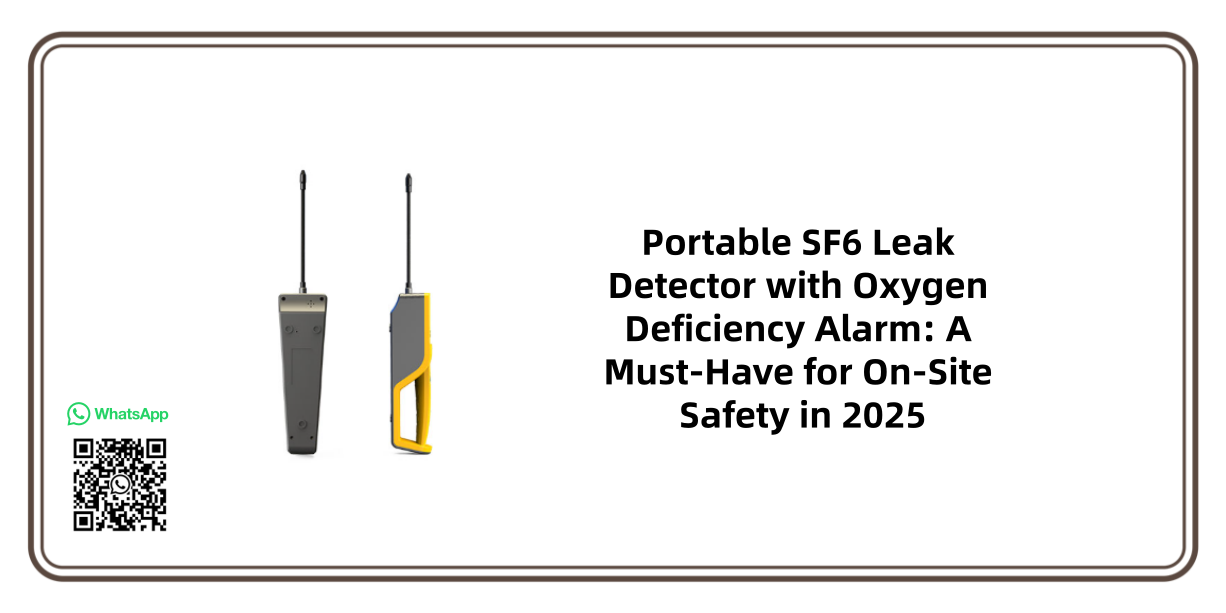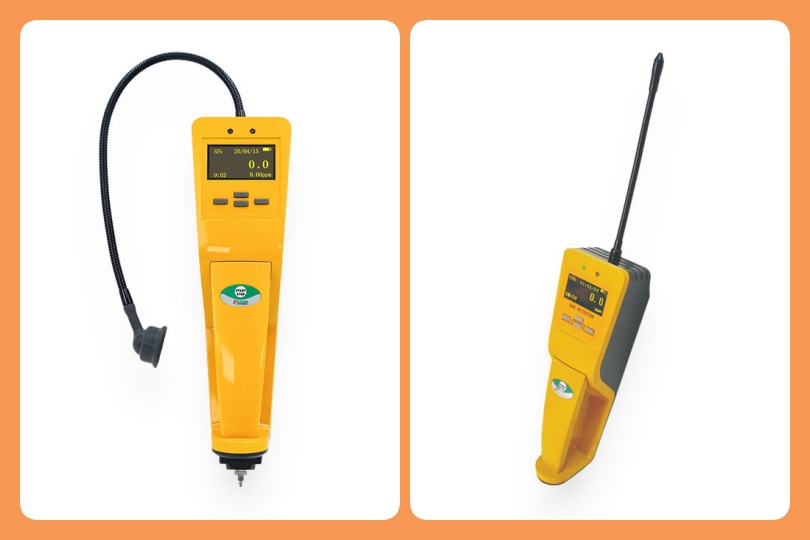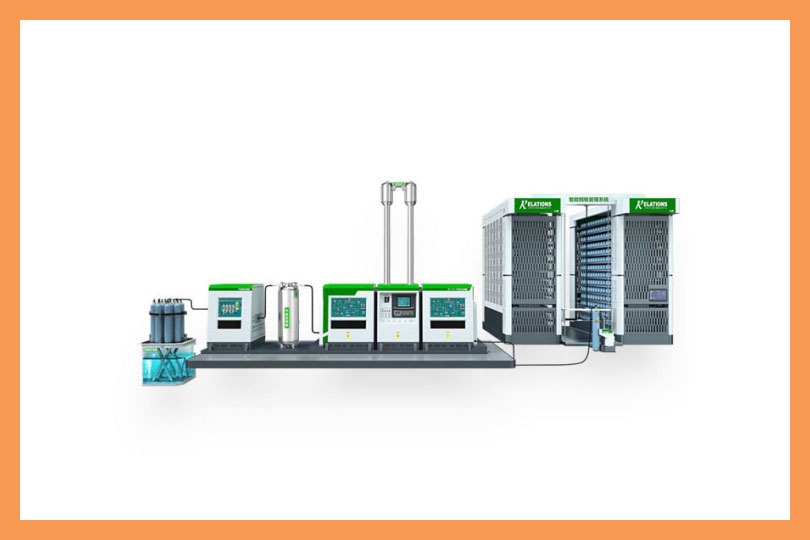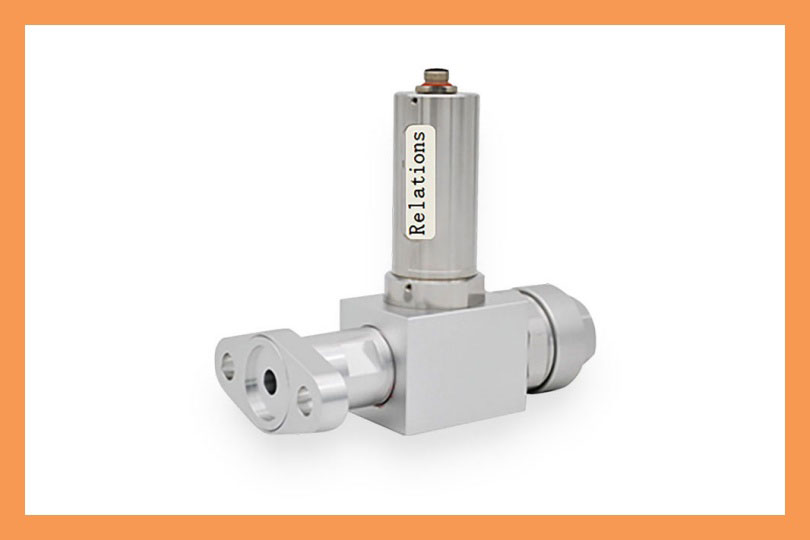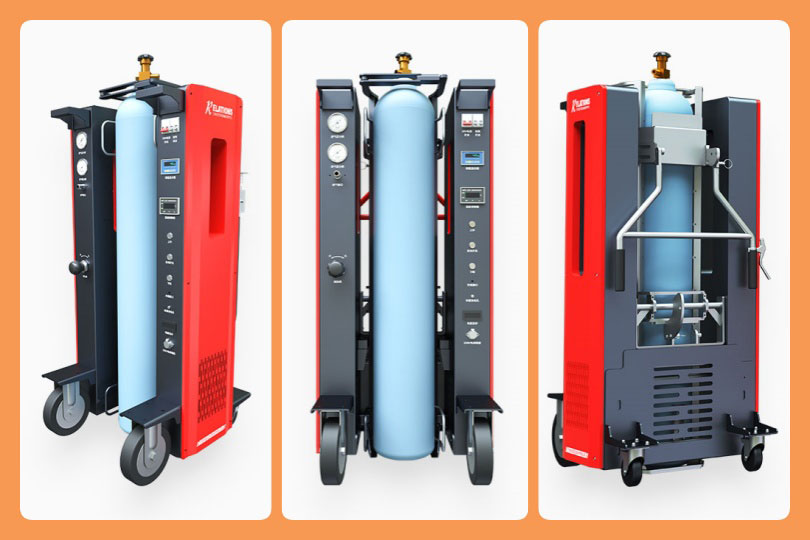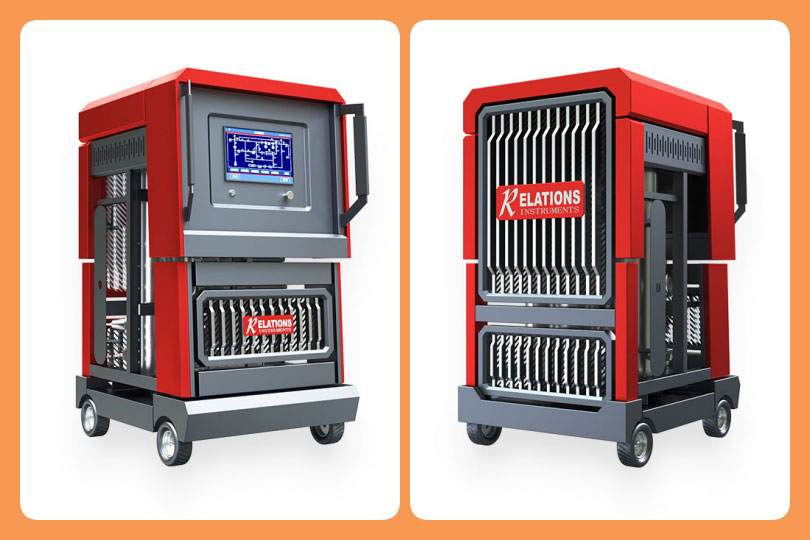Need Help: Providing Innovative and Sustainable Solutions.
Office Hours: 08:30am-6:00pm
Portable SF6 Leak Detector with Oxygen Deficiency Alarm
Date
2025-11-05
[email protected]
Website
www.sf6gasdetector.com
Get Solutions And Quotes
Portable SF6 Leak Detector with Oxygen Deficiency Alarm
For workers inspecting GIS (gas-insulated switchgear) in substations, maintaining SF6-filled equipment in factories, or servicing sealed electrical enclosures, two risks loom large: invisible SF6 leaks and oxygen deficiency. SF6 is 5 times heavier than air—when it leaks, it settles in low-lying areas, displacing oxygen and creating a silent suffocation hazard. This is why a portable SF6 leak detector with oxygen deficiency alarm isn’t just a tool—it’s a lifeline.
Why a Portable SF6 Leak Detector with Oxygen Deficiency Alarm Is Non-Negotiable
On-site work with SF6 equipment demands two priorities: detecting leaks to protect the environment and monitoring oxygen to protect workers. A combined portable device addresses both, making it indispensable for three key reasons.
First, worker safety is non-negotiable: SF6 leaks don’t just harm the planet—they threaten lives. In confined spaces (e.g., underground GIS cabins, small electrical rooms), leaked SF6 accumulates quickly, lowering oxygen levels from the normal 21% to below 19.5% (the OSHA-defined “oxygen-deficient” threshold). A portable SF6 leak detector with oxygen deficiency alarm triggers immediate alerts (acoustic and optical vibration) when oxygen drops, giving workers time to evacuate before dizziness, confusion, or suffocation occurs.
Second, environmental compliance: SF6 has a global warming potential (GWP) 23,500 times higher than CO₂, and regulators like the EPA (U.S.), EU ETS, and China’s DL/T standards mandate rapid leak detection. A portable device lets teams spot leaks as small as 0.01 ppm during routine patrols, avoiding fines and reducing emissions.
Third, on-site efficiency: Fixed SF6 detector only cover specific areas, but workers move between substations, factories, or job sites. A lightweight, battery-powered portable SF6 leak detector with oxygen deficiency alarm eliminates the need to carry separate leak detectors and oxygen monitors, saving time and reducing gear bulk.
Core Features of a High-Quality Portable SF6 Leak Detector with Oxygen Deficiency Alarm
Not all portable SF6 detector with oxygen alarms are equal—look for these non-negotiable features to ensure safety and accuracy:
1. Reliable SF6 Leak Detection Performance
The device’s primary job is to find SF6 leaks quickly and precisely. Key metrics to check:
- Sensitivity: Must detect leaks as small as 0.01 ppm (or 1×10⁻⁸ ml/sec) to catch micro-leaks early.
- Response time: <3 seconds—critical for fast-paced on-site checks (e.g., substation equipment turnover).
- Technology: Negative Ion Capture (NIC) or Non-Dispersive Infrared (NDIR) are ideal; NIC offers ultra-sensitivity for micro-leaks, while NDIR balances accuracy and cost.
2. Precision Oxygen Deficiency Alarm
The oxygen monitoring function must be equally reliable to prevent suffocation. Look for:
- Detection range: 0–25% vol. (covers normal air to oxygen-deficient levels).
- Alarm threshold: Automatically triggers at ≤19.5% (OSHA standard) with adjustable settings for high-risk areas.
- Dual protection: Combine acoustics and optics alarms (for noisy sites) and vibration alerts (for loud substations or factories) to ensure workers notice even in chaotic environments.
3. Portable Design for On-Site Use
“Portable” isn’t just about size—it’s about usability in real-world conditions:
- Weight: <1.5 kg (3.3 lbs) to avoid arm fatigue during 4–8 hour patrols.
- Battery life: ≥12 hours of continuous use (replaceable lithium-ion batteries are a plus for all-day shifts).
- Durability: IP65 or higher waterproof/dustproof rating (resists rain, dust in outdoor substations) and drop resistance (1.2m drop test) to handle accidental knocks.
- Display: Backlit LCD screen (readable in bright sunlight or dark cabins) with clear icons for SF6 concentration, oxygen level, and alarm status.
How to Choose the Right Portable SF6 Leak Detector with Oxygen Deficiency Alarm
With dozens of models on the market, focus on these 4 criteria to match the device to your work scenario:
-
Match sensitivity to your equipment: For high-voltage GIS (where micro-leaks cause major failures), choose a NIC-based detector (e.g., Ion Science LeakCheck P1-O2) with 0.001 g/year leak detection. For general factory checks, an NDIR model (e.g., DILO LeakSpy SF6-O2) with 0.1 ppm sensitivity works.
-
Prioritize oxygen alarm reliability: Avoid cheap models with slow oxygen response times (>5 seconds). Look for devices calibrated to NIST-traceable standards to ensure accurate O2 readings.
-
Check for field-friendly extras: Features like data logging (to store leak/oxygen records for compliance reports), USB charging (no need for bulky adapters), and a magnetic base (to free hands for inspections) add huge value.
-
Verify compliance: Ensure the detector meets international safety standards, such as IEC 61634 (SF6 equipment) and EN 50545 (electrical safety in substations)—this guarantees your device is trusted for critical work.
Real-World Applications of Portable SF6 Leak Detector with Oxygen Deficiency Alarm
This device shines in scenarios where portability and dual safety monitoring are critical:
- Substation GIS patrol inspection: Workers move between outdoor switchyards and underground cabins. The detector spots SF6 leaks in flange connections while alerting to oxygen drops in enclosed spaces.
- Semiconductor factories: SF6 is used in etching processes; portable detectors check leaky pipes near cleanrooms, with oxygen alarms protecting workers in tight maintenance bays.
- Laboratory maintenance: Research labs using SF6 for high-voltage tests need compact detectors—lightweight models (e.g., HZIR-2000-O2) fit easily in lab coats, with alarms preventing oxygen depletion in fume hoods.
- Underground electrical facilities: Tunnels or vaults with SF6 equipment are high-risk for oxygen deficiency. The SF6 detector’s vibration alarm cuts through ambient noise, ensuring workers get alerts even with ear protection.
Critical Tips for Using Your Portable SF6 Leak Detector with Oxygen Deficiency Alarm
To maximize safety and device lifespan, follow these best practices:
- Calibrate regularly: Use certified SF6 standard gas (0.1–1 ppm) and oxygen calibration gas (21% vol.) every 6 months—uncalibrated devices risk false alarms or missed leaks.
- Pre-check before use: Test the oxygen alarm by exposing it to a small amount of nitrogen (to lower O2 levels) and confirm acoustic and optical vibration alerts work.
- Respond to alarms immediately: If the oxygen alarm triggers, evacuate the area first, then ventilate and use the SF6 detection function to find the leak source.
- Store properly: Keep the detector in a dry case (avoid moisture, which damages sensors) and charge batteries fully after each use.
A portable SF6 leak detector with oxygen deficiency alarm merges two life-saving functions into one tool: it stops environmental harm from SF6 leaks and prevents worker suffocation from oxygen depletion. For anyone working with SF6 equipment—whether in power, manufacturing, or research—this device isn’t an expense; it’s an investment in safety and compliance.
By choosing a model with the right sensitivity, reliable oxygen monitoring, and field-friendly design, you ensure every on-site inspection is both efficient and protected.
Realize The Recycling Of Sf6 Gas
